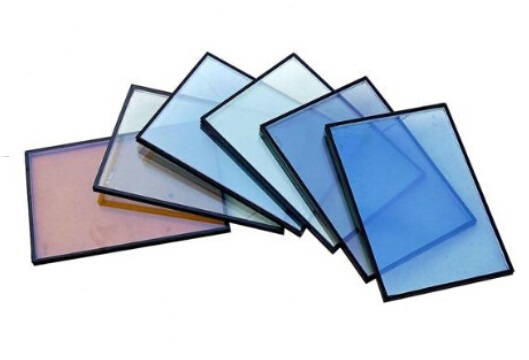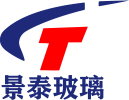

The application of building curtain walls in China began in 1984. After nearly 20 years of development, the annual production and ownership of building curtain walls in China have become the world's largest. But in recent years, with the intensification of competition, market saturation, price decline, and profit reduction, all those engaged in the curtain wall industry are thinking: what kind of curtain wall does the market really need? I believe that energy-saving and environmentally friendly curtain wall products will be the darling of the future market.
The frequent occurrence of energy crises and the deterioration of the living environment have made humanity deeply realize the importance of energy conservation and environmental protection. According to the requirements of China's building energy conservation and environmental protection policies, before 2000, newly designed heating residential buildings should reduce energy consumption by 50% on the basis of 1980 and 1981; Starting from 2005, newly constructed residential buildings with heating systems should achieve an additional 30% energy savings on this basis; In 2010, an additional 30% energy savings were achieved on this basis. According to the national requirement, it is predicted that the market prospects for energy-saving and environmentally friendly curtain wall products are broad.
Some energy-saving and environmental protection measures currently adopted in the design and application of building curtain walls include:
(1) Hollow glass, especially LOW-E hollow glass technology
Ordinary white glass 6mm, k value is about 5w/㎡ k; 5+6+5 ordinary insulating glass, with a K value of about 2.6-3.5w/㎡ k; If LOW-E insulating glass is used and filled with argon gas, the K value can reach 1.6~1.8w/㎡ k. LOW-E insulated glass has significant energy-saving and environmental protection effects, and can effectively prevent the leakage of indoor heating radiation in winter; Summer can prevent external heat radiation from entering indoors. At present, the annual average usage of Low-E glass worldwide has reached 120 million cubic meters.
(2) Thermal insulation bridge breaking technology
At present, China has introduced two production process technologies and complete sets of specialized equipment, namely "injection molding method for breaking hot aluminum profiles" and "embedded strip method for breaking ripe aluminum profiles". We have built over a hundred insulation aluminum profile production lines in Shenzhen, Nanhai, Foshan, Xi'an, Qinhuangdao, Beijing and other places, with an annual production capacity of 1 million tons. In terms of market demand, the market share of insulated aluminum doors and windows has been continuously increasing in the past two years. According to statistics, the actual installation and utilization rate of insulated aluminum doors and windows in current commercial housing projects in Beijing is close to 46%, while in building construction projects within the Fifth Ring Road in Beijing, this number has exceeded 70%.
(3) Double layer energy-saving curtain wall
The double-layer energy-saving glass curtain wall is mainly divided into internal circulation and external circulation systems, with similarities and differences. The common feature is the formation of a greenhouse effect between the double-layer glass, which eliminates the overheated air in the summer and releases the solar heat energy into the indoor environment in winter, saving a lot of energy in both winter and summer seasons. It is necessary to use sunshades in summer to prevent ultraviolet rays and strong thermal radiation, with both internal and external circulation systems.



